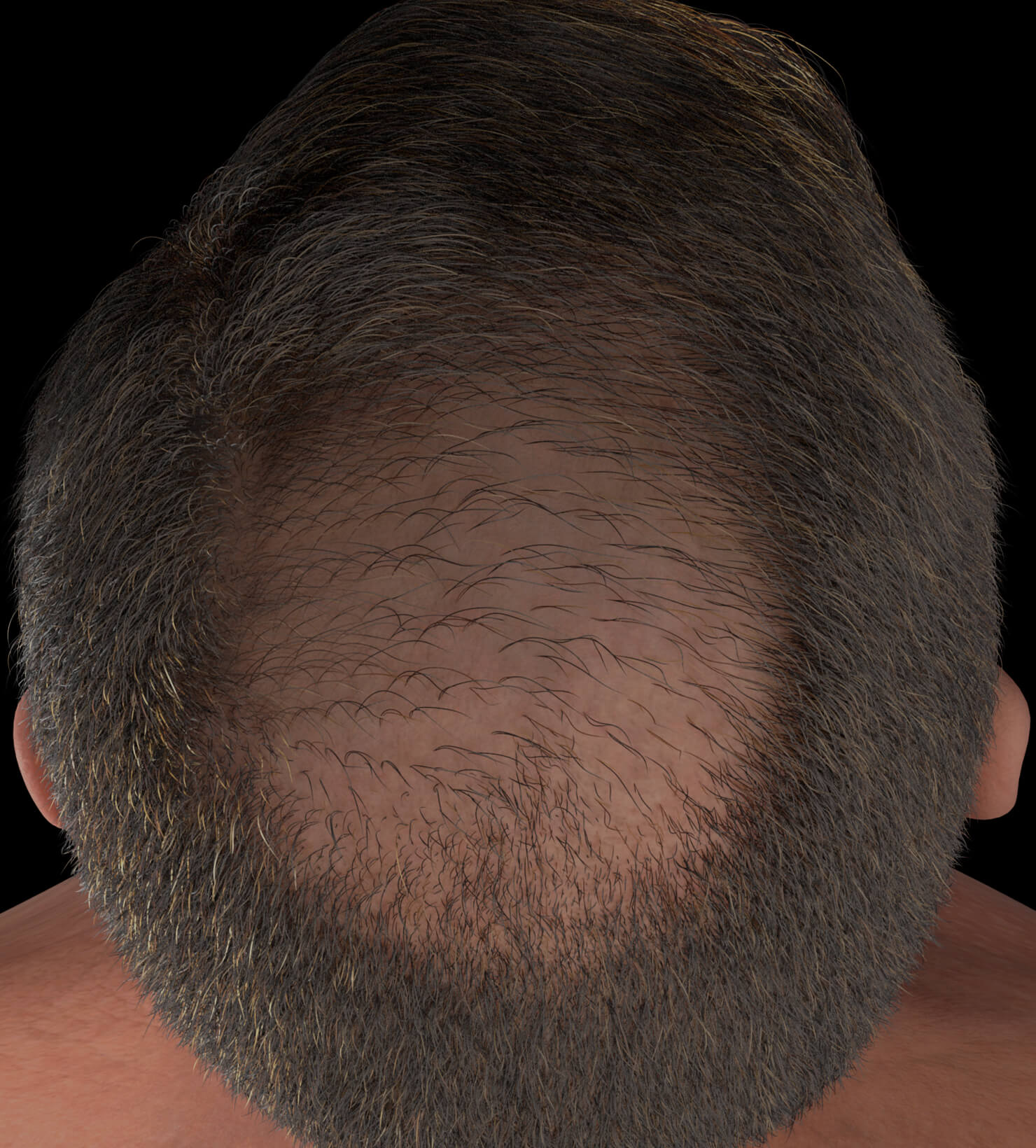Table Of Content

PRP therapy injects platelet-rich plasma cells into the affected area of your scalp. The tubes were subjected at first centrifugation to 1,500 revolutions per minute for 6 minutes. This tube underwent a second centrifugation, which was longer and faster than the first, called a “hard spin”, at 2,500 revolutions per minute for 15 minutes.
What is PRP?
Do not disregard or avoid professional medical advice due to content published within Cureus. This prospective study aimed to assess the psychological impact of PRP treatment for hair loss. The Mayo Clinic study uses a high resolution camera and software to digitally count hairs, hair thickness, and hair density. Researchers have found evidence that PRP can lead to renewed hair growth.
What Is the Definition of Platelet-Rich Plasma Therapy?
This is another example of how regenerative approaches may fill treatment gaps and provide patients additional choices for their health care. The study’s conclusions that both PRP and minoxidil can help regrow hair, may open new opportunities for Mayo Clinic physicians to combine these therapies for possible greater benefit than that of either treatment alone. Hair lossoccurs when the cycle of hair growth and shedding is disrupted or when the hairfollicle is damaged.
Needle-Free Platelet-Rich Plasma Grows Hair Through Thulium Laser Technology - GlobeNewswire
Needle-Free Platelet-Rich Plasma Grows Hair Through Thulium Laser Technology.
Posted: Wed, 17 Aug 2022 07:00:00 GMT [source]
Similar articles
That adds up because, to see results, you have to commit to about four treatments in your first year. Doctors and researchers also need to identify the best candidates for PRP and develop universal treatment protocols. As the PRP solution consists of a person’s own blood components, there are few risks of a reaction to the solution itself. They acknowledged, however, that the treatment is controversial, noting that small sample sizes and low quality of research were among the limiting factors of their investigation. Our experts continually monitor the health and wellness space, and we update our articles when new information becomes available.

Some private insurance companies may cover PRP therapy for people with certain medical conditions, such as alopecia areata. Medicare and Medicaid only cover PRP therapy for healing chronic pressure or venous wounds in people with diabetes. A research review of 12 clinical trials exploring the effects of PRP on hair loss found that PRP therapy yielded significant improvements to hair density and thickness in male and female participants in 84% of the studies. Platelet-rich plasma (PRP) is a treatment doctors use to accelerate healing, and it may help restore hair growth in appropriate patients. PRP is taken from the patient’s own blood and contains a high concentration of platelets. Minoxidil,the current standard of care, is a topical treatment option.
Access this article
You’ll probably need to stop taking certain medications that thin your blood, like aspirin and ibuprofen, before you get PRP injections. You may also need to take a break from certain vitamins or supplements, such as omega-3 fatty acids. Your doctor can tell you exactly what you need to do to prepare for these shots. When researchers looked at more than 20,000 PRP injections over a period of 10 years, they found it wasn't clear whether the results justified the cost. Golf and tennis elbow are among the sports injuries treated with PRP injections. The probability of occurrence of clinical effects among the entire study population is presented in Table Table11.
Hair loss shows up in different places and is treated differently depending on whether you’re a man or a woman. Your hair can be a clue to several health issues, from stress to anemia to thyroid disease. Khetarpal estimates each treatment will cost $600 to $1,500 out of pocket, depending on where you live.
PRP for hair loss side effects
All you need to know about platelet-rich plasma (PRP) therapy for hair loss - VOGUE India
All you need to know about platelet-rich plasma (PRP) therapy for hair loss.
Posted: Mon, 21 Sep 2020 07:00:00 GMT [source]
Fifteen cc of whole blood was aspired from the patient via a butterfly needle into an ACP double syringe (Arthrex Inc., Naples, Florida) at each session. Then, the syringe was centrifuged in a HORIZON 24-AH centrifuge (Drucker Diagnostics LLC., Philipsburg, Pennsylvania) for five minutes at 1500 rpm (350 G) horizontally. The PRP settled in the upper third of the syringe (approx. 5 to 6 cc) and was aspired into the inner syringe (Figure (Figure1). The inner syringe was unscrewed, and after disinfection, the PRP was injected in serial puncture technique 1 cm apart into the scalp at a depth of approx. Platelets were not activated exogenously (e.g., through the addition of calcium gluconate) in our protocol.
However, due to the limitations of these studies — such as small sample sizes — and the variation in technique and protocol among doctors, further research is necessary to confirm whether PRP is effective. In 2019, a team of researchers carried out a systematic review of the research on PRP as a treatment for hair loss. Other treatments for hair loss currently on the market are often more problematic for many patients, Dr. Khetarpal says. About 50 million American men and 30 million women have male- or female-pattern baldness.
If you are considering PRP injections, be sure to talk with your health care provider about all the benefits and risks. Due to the downward trend in respiratory viruses in Maryland, masking is no longer required but remains strongly recommended in Johns Hopkins Medicine clinical locations in Maryland. There’s no risk of contracting a communicable disease with PRP therapy because it involves injecting your own blood into your scalp. It works by drawing blood, processing it, then injecting it into the affected area.
Additionally, the concentration of leukocytes and the platelet-to-leukocyte ratio in PRP are crucial factors that can affect treatment outcomes. Further analysis is necessary to establish reliable conclusions about the applications of PRP. PRP injections appear to reduce hair loss in people with male or female pattern baldness. But it’s not clear whether facial PRP injections ease visible signs of aging, like wrinkles and sagging skin.
For some conditions, particularly those affecting the hair or the skin, it may take up to 6 months to notice the full effects. For some conditions, including hair loss, you may need to repeat the procedure to maintain the results. PRP was significantly more efficacious than dutasteride, finasteride, minoxidil, bimatoprost, and placebo, and tendentially more effective than LLLT. In the network for female androgenetic alopecia PRP, dutasteride and finasteride were not included. LLLT had the highest SUCRA value (97.05%) out of the three included treatment modalities, while placebo had the lowest (0.01%) (Table (Table33).
But large studies that looked at PRP injections for ankle, knee, and Achilles tendon problems raised questions about how useful the shots are. PRP may help promote increased blood flow to sites and blood vessel development. It can also help hair follicle turnover, reverse hair follicle miniaturization, and may help stimulate follicular stem cells, all of which lead to improvement of hair growth. Though PRP to treat hair loss is relatively new, research has been promising. A small study published in the April–June 2014 issue of the Journal of Cutaneous and Aesthetic Surgery tested PRP on 11 men with androgenetic alopecia who had not had success after six months of medication. After three months, they received four treatments and saw their hair count increase by about 30 percent.
But because it involves drawing blood – if your doctor recommends it – you’ll want to make sure you eat before the procedure. That will help you avoid feeling lightheaded when you get PRP injections. For example, if you’re being treated for a muscle injury, your doctor would inject plasma into several locations in that muscle. In some cases, doctors use ultrasound technology during the shots to make sure they’re targeting the right area. PRP injections usually take about 30 minutes, though it depends on the area you’re targeting. To collect plasma, a doctor draws blood from your body and uses a machine called a centrifuge to separate the platelet-rich plasma from the rest of the blood.

No comments:
Post a Comment